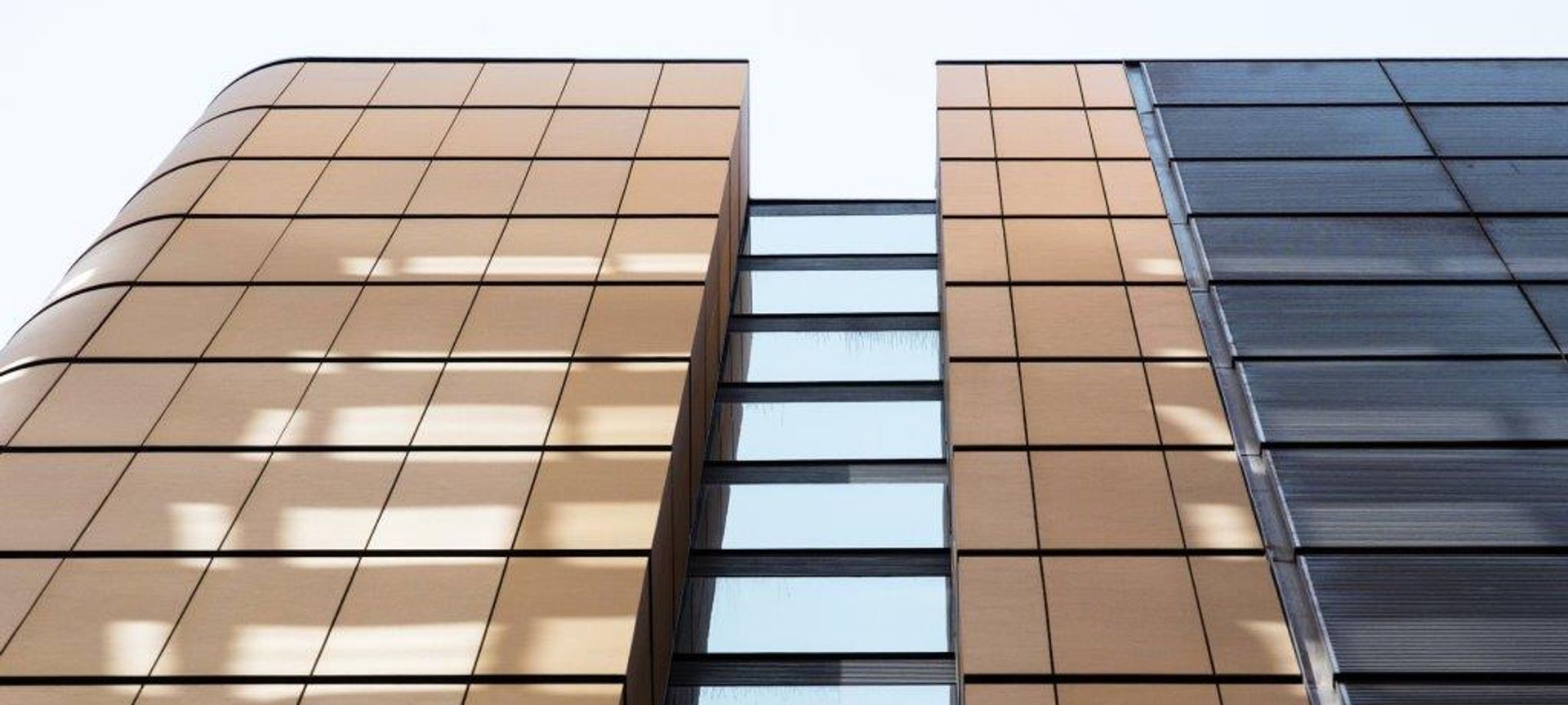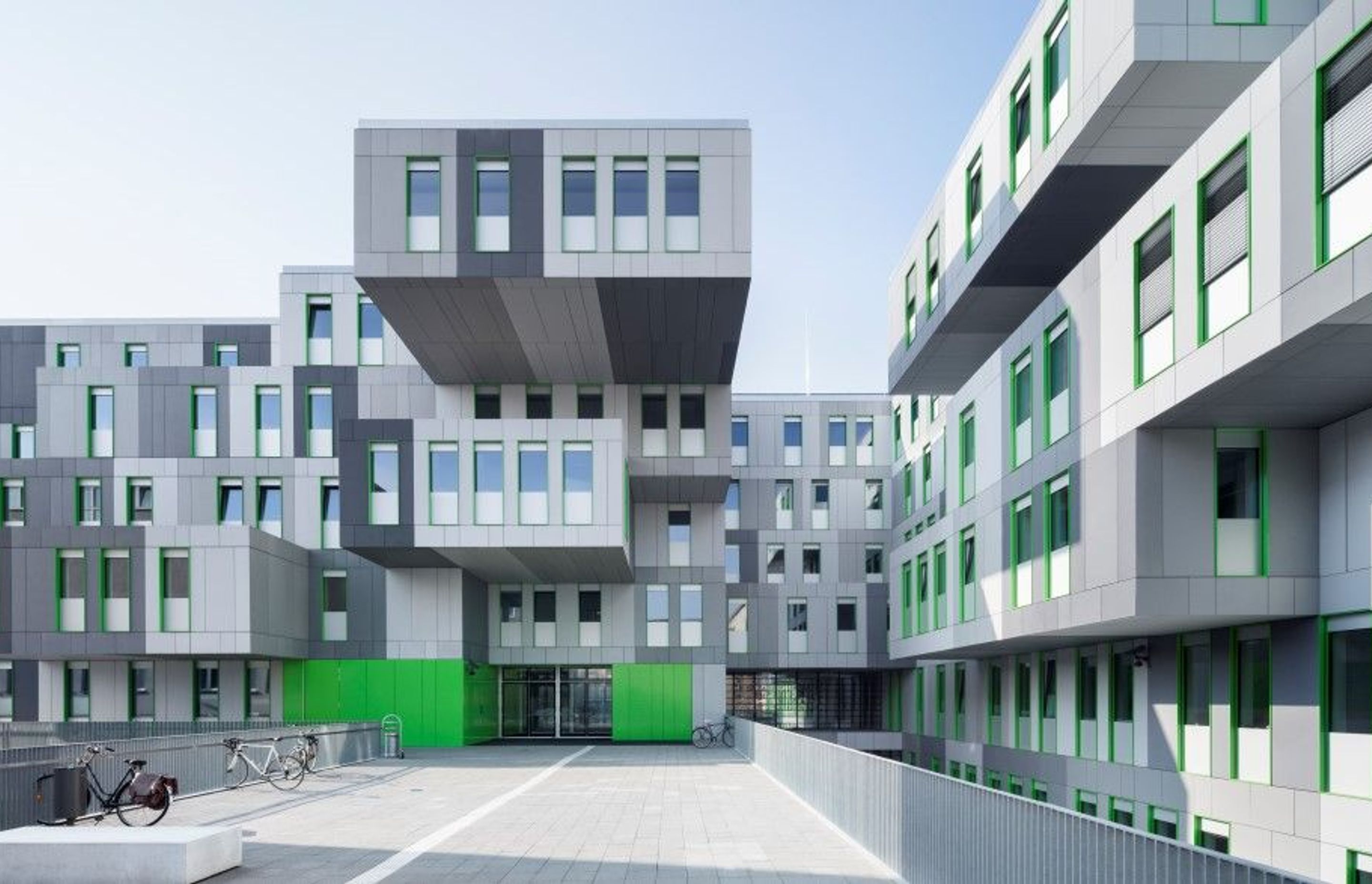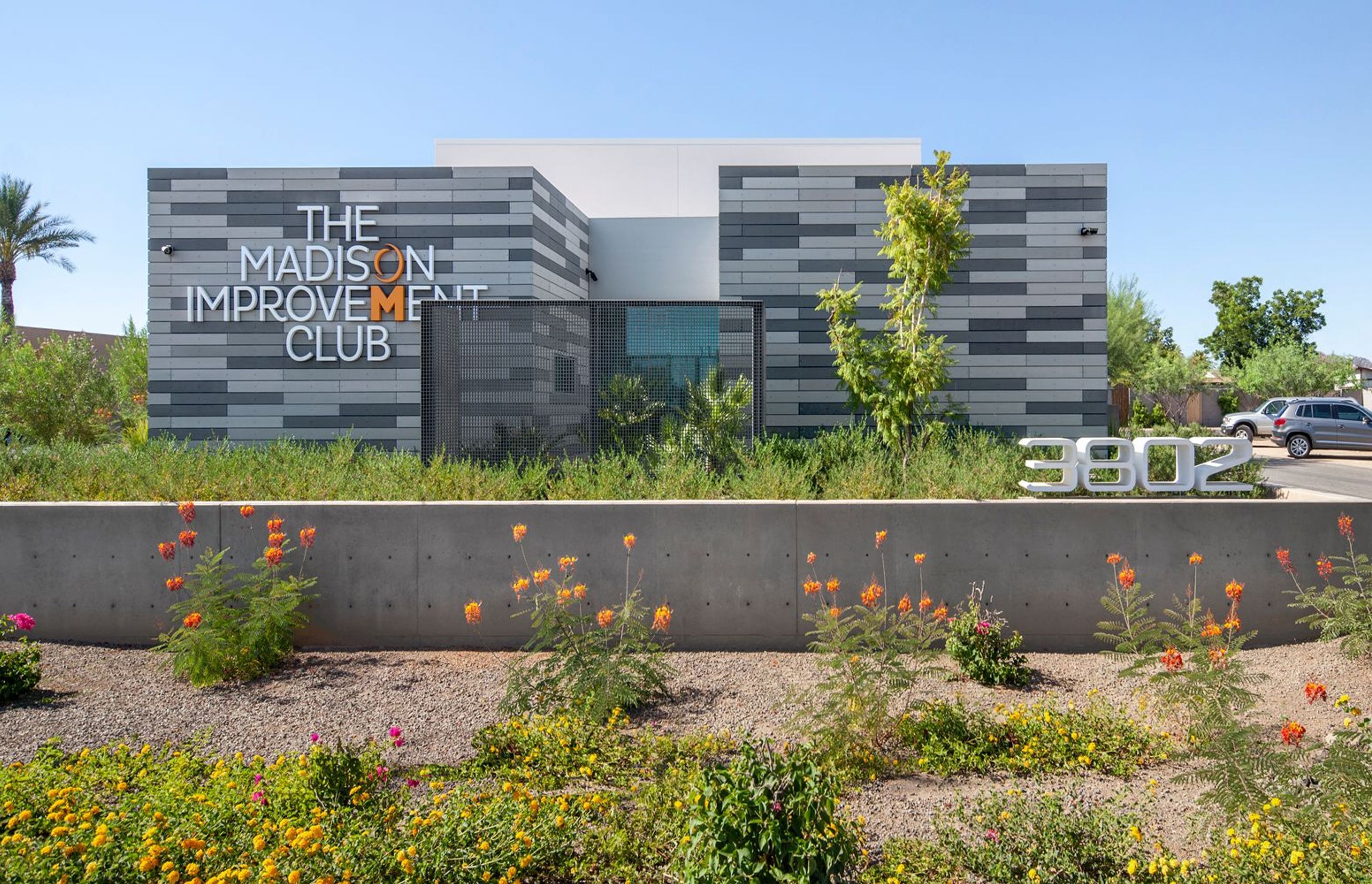The factors that influence cladding choice are complex and depend on a building’s size, location and use among many other things. Some of the most important factors, especially for architects and designers, are the ability to create a visually appealing structure with materials that encompass versatility and longevity.
It’s in this context that German company Rieder set out to push the boundaries and develop a forward-thinking new cladding option. “Rieder’s vision was of a thin yet solid facade. It was this aim that drove the development of their FibreC glass-reinforced concrete panels, which are only 13mm thick,” The Tile People’s Glenn Obery says.
The Tile People exclusively distributes two Rieder cladding products, the FibreC panels and oko skin.
Both products are made with glass reinforced concrete, which is a malleable material during production allowing it to be moulded into a range of shapes, including curved panels and U sections.
“The FibreC panels work like a concrete skin”, Glenn says. “They pull smoothly over buildings, corners and edges to create a unique material flow.”
Both cladding solutions are natural materials, with their raw mineral makeup contributing to a slightly irregular surface. “Rieder has achieved a German green building certification for its manufacturing and zero waste process,” Glenn says.
Due to the intentional colour variations within each colour tone, the overall effect is one of authenticity and natural imperfection. “There are 13 colours available, which are designed to blend well into landscapes and correspond with nature and the environment.”
Each of the colours is available in three surfaces: matt, light sandblast and heavy sandblast.
While the FibreC panels offer a more traditional large-format commercial size, the oko skin panels are a slatted design, which mimics timber boards in appearance. “The slats are easy to install and, unlike timber, never need to be painted or stained,” Glenn says. “Oko skin is a popular solution for various applications from large-scale commercial builds through to residential applications. The beauty of this product is in its ability to be mounted at any angle and its lack of maintenance.”
If you’re considering cladding materials, make sure you visit The Tile People on ArchiPro here to see what can be achieved with concrete skin cladding.



